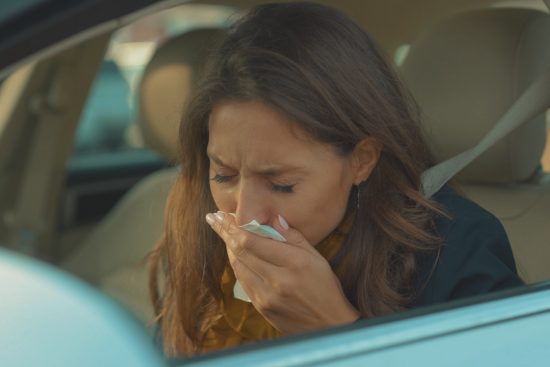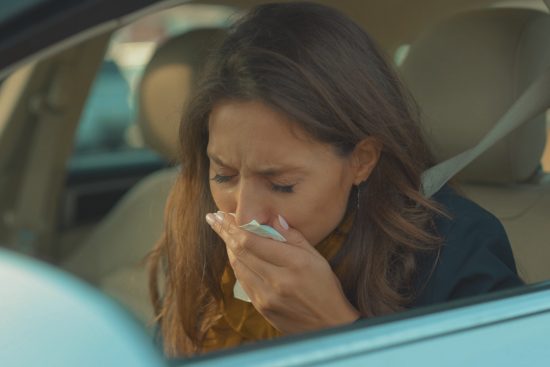

Your car likely absorbs a fair amount of your attention. From washing the exterior to checking brake pads, finding out why the check engine light is on again, or simply gassing up, we all spend plenty of time in and around our cars.
But how much attention do we pay to the air that’s inside of there?
Particularly if you have school-aged children or are frequently traversing highly-congested roads, you may just want to think twice about how you care for your in-car air.
HOW POLLUTANTS GET INSIDE YOUR CAR
No matter how careful you are to keep your car meticulously devoid of trash or dirt, once you pick up your child from school or their extracurricular activities, they’re always going to carry in more pollutants with them. And truly, the same could be said of anyone, regardless of age. In fact, your clothes just may be the real culprit.
“Significant release of airborne particles was detected when [a] particle-laden fabric was agitated […] confirming that clothing could serve as a mechanism for transferring airborne particles from one location to another,” as confirmed by a study conducted in 2018.
In other words, if you or your children spend time in a classroom or other space with a fair volume of airborne pollutants, these particles will doubtlessly attach to your family’s clothing and be carried into the car.
Additionally, if you drive through particularly busy streets or highways to get home from their school, you may also be exposing your family to more airborne contaminants.
A separate study conducted in 2016 found that the pollution inside cars can be as much as 40 percent higher when stuck in heavy traffic as opposed to when the vehicle is moving. This particular study also revealed that in-car air pollution could be approximately seven times higher in cars that were both stuck in traffic with the windows open in comparison to the exposure level of pedestrians standing at similar intersections.
YOUR CAR, YOUR CARE
Based on the aforementioned evidence, we can conclude that some of the easiest ways to mitigate and remove in-car air pollution would be to dust off your child’s clothes prior to driving home (as well as your own), keep your windows rolled up while driving through heavy traffic, and try to take backroads with consistent movement as opposed to congested main roads.
That being said, Berkley Wellness with the University of California also recommends taking some of the following precautions:
Keep a fair distance from surrounding cars, so as to not pick up their exhaust or other pollutants.
Do not smoke in your car.
Refrain from using chemical cleaners or deodorizers in your car, as they may release volatile organic compounds (VOCs).
Do not rely solely on your car’s built-in filtration system, as it is not going to remove VOCs or other fine particulate matter.
Properly clean and maintain your car.
SMALL DETAILS, BIG PICTURE
In all, your car is another piece of the overall air quality puzzle that is your life. By vacuuming the soft interior of your car, choosing not to use chemical air fresheners, and being mindful of the environments you exit prior to entering your car, you can always find ways to ensure a healthier driving experience.
Otherwise, when you get home, you may also bring the in-car air pollutants inside with you.
If you believe you may be dealing with a low level of indoor air quality in your home, it’s time to contact Luce Air Quality. We’re your local indoor environmental experts, and we can help to comprehensively identify and detect VOCs, mold spores, and a wide variety of other airborne pollutants.
Call us today at (904) 803-1014 or email info@luceairquality.com to learn more or schedule your healthy home inspection!


